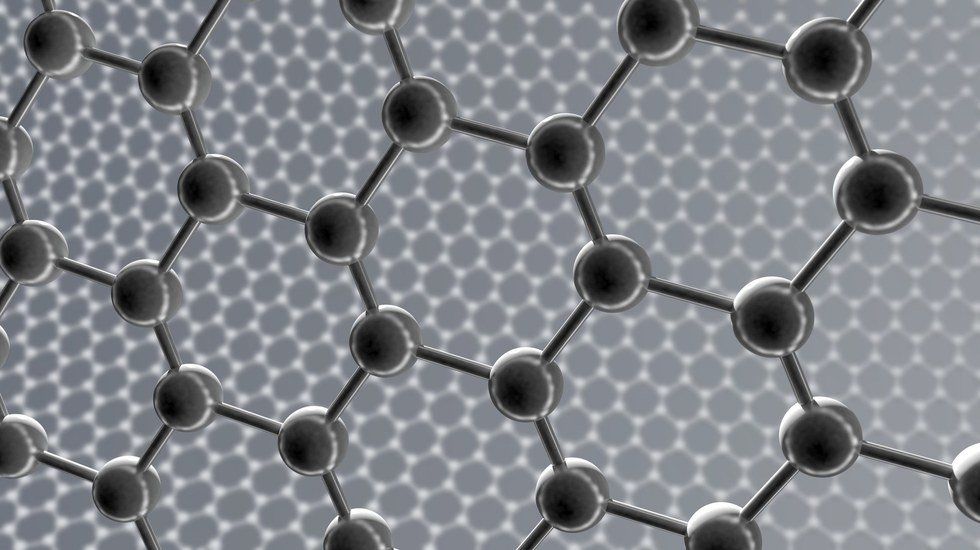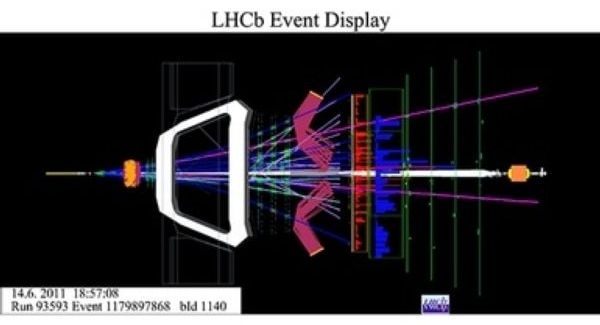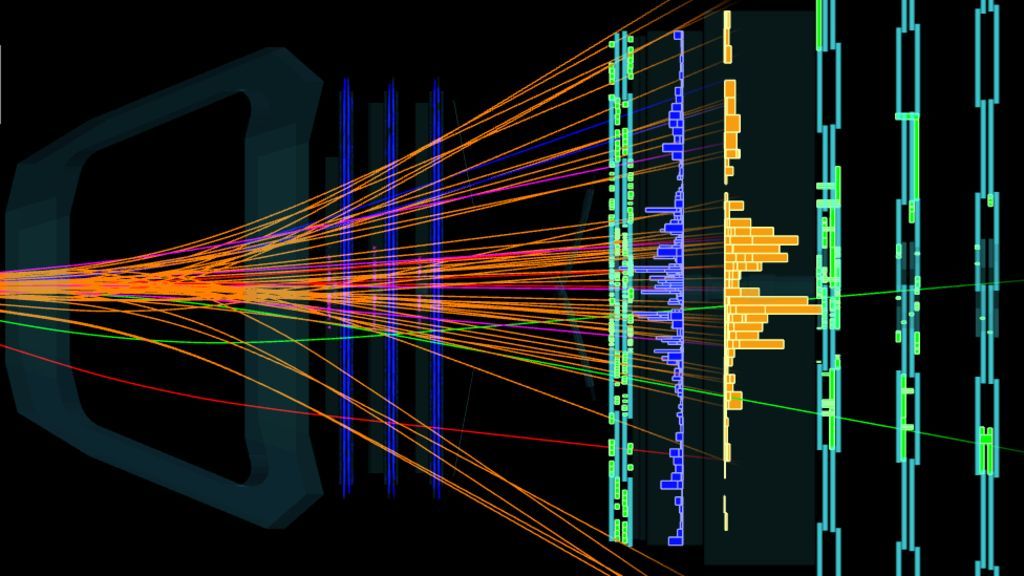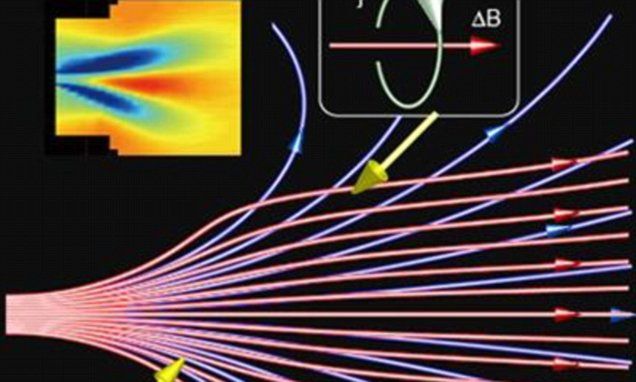Archive for the ‘particle physics’ category: Page 476
Jul 17, 2017
Lawbreaking Particles May Point to a Previously Unknown Force in the Universe
Posted by Sean Brazell in category: particle physics
Scientists aren’t yet certain that electrons and their relatives are violating the Standard Model of particle physics, but the evidence is mounting.
- By Jesse Dunietz on July 17, 2017
Jul 15, 2017
Scientists ‘Teleport’ a Particle Hundreds of Miles—But What Does That Mean?
Posted by Sean Brazell in categories: particle physics, quantum physics
Humanity is advancing rapidly towards a place where the news sounds an awful lot like science fiction. In fact, yesterday, Chinese scientists reported that they “teleported” a photon over hundreds of miles using a “quantum satellite.” But this isn’t Star Trek. It’s the real world.
Which happens to mean it’s a lot less exciting than Star Trek-style teleportation, unfortunately. But it’s still really cool, I promise!
Jul 15, 2017
Tri-alpha Energy Fusion achieves first plasma on upgraded 13MW 8 beam fusion device
Posted by Klaus Baldauf in category: particle physics
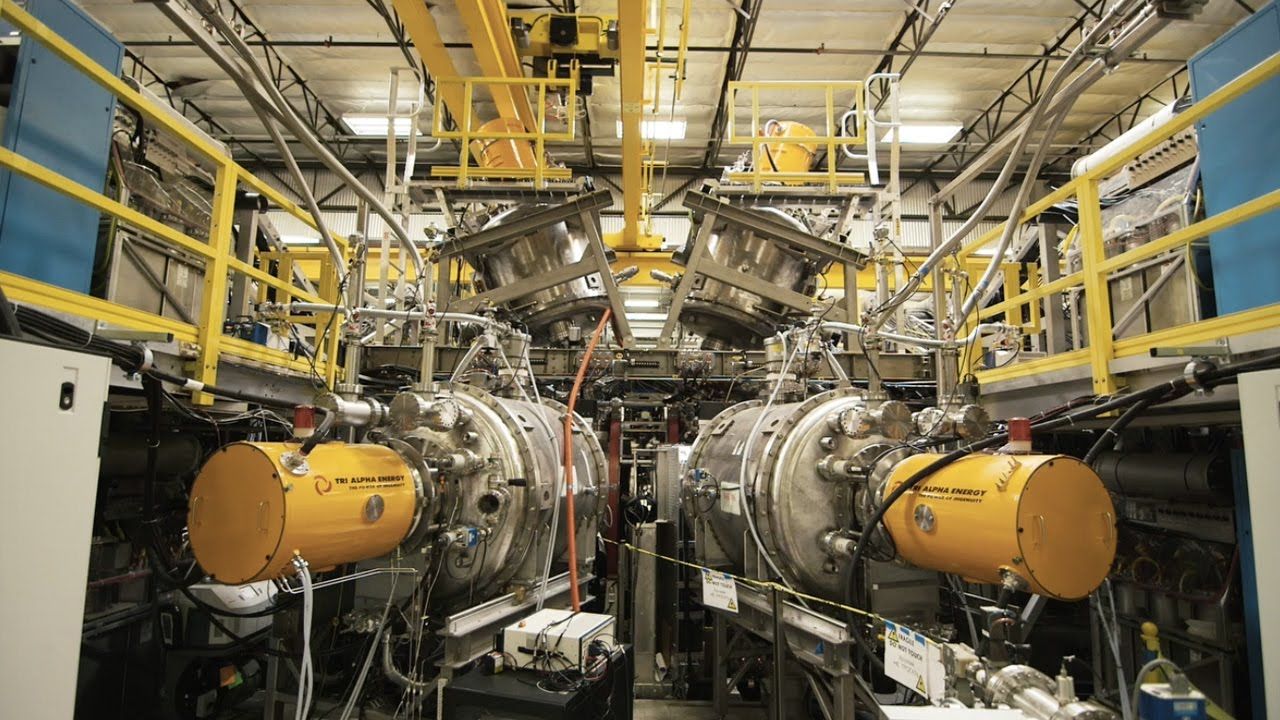
https://youtube.com/watch?v=NbY8KnnCeh4
The $100 million plasma generator, the fifth in a series of devices built over the last 20 years, will continue validation of the company’s underlying technology and enable commercialization efforts toward delivering utility-scale fusion energy. With Norman now operational, the company will continue to move quickly down its developmental path, expanding temperature ranges and sustaining plasma for longer periods towards perfecting the essential operating characteristics required to sustain fusion reactions. Over the coming months, the company will be accelerating Norman’s levels of performance to further validate the fundamental confinement requirements that will ultimately be necessary for commercial operations.
Jul 6, 2017
LHC double heavy particle to shine light on strong force
Posted by Aleksandar Vukovic in categories: particle physics, space
In contrast to other particles of this type, in which the three quarks perform an elaborate dance around each other, a particle with two heavy quarks is expected to act like a planetary system, where the heavy quarks are like two stars orbiting one around the other, with the lighter quark orbiting around this binary system.
Scientists have detected a new particle at the Large Hadron Collider at Cern.
The discovery will help researchers learn more about the so-called “strong force” which holds the centres of atoms together.
Continue reading “LHC double heavy particle to shine light on strong force” »
Jul 6, 2017
Plasma rocket engine breakthrough as researchers solve key issue
Posted by Carse Peel in categories: innovation, particle physics
Plasma, an extremely hot gas with electrically charged particles, is found all throughout the universe and is influenced by environmental forces, such as magnetic fields.
The complex behaviours observed in space and in the lab suggest plasma can generate the magnetic field in the opposite direction to the one applied, according to the researchers from Tohoku University.
This causes the field lines to diverge, much like magnets with their North poles facing toward each other.
Continue reading “Plasma rocket engine breakthrough as researchers solve key issue” »
Jun 30, 2017
IBM has made Carbon nanotubes transistors smaller and faster than silicon
Posted by Klaus Baldauf in categories: computing, nanotechnology, particle physics
IBM scientists have made carbon nanotube transistors smaller and faster silicon transistors. Carbon nanotube transistors have long had the potential to be better than silicon, but this is the first time when that promise has been realized. Now IBM and others will have to scale up superior carbon nanotube devices.
IBM scientists have been experimenting with carbon nanotubes, rolled-up sheets of carbon atoms just 1 nanometer, or a billionth of a meter, in diameter. But difficulties working with the material have meant that, for optimal performance, nanotube transistors have to be even larger than current silicon transistors, which are about 100 nanometers across. To cut that number down, a team of scientists used a new technique to build the contacts that draw current into and out of the carbon nanotube transistor. They constructed the contacts out of molybdenum, which can bond directly to the ends of the nanotubes, making them smaller. They also added cobalt so the bonding could take place at a lower temperature, allowing them to shrink the gap between the contacts. Another advance allowed for practical transistors. Carrying enough electrical current from one contact to another requires several nanotube “wires.
Jun 17, 2017
Quantum entanglement, science’s ‘spookiest’ phenomenon, achieved in space
Posted by Dan Kummer in categories: particle physics, quantum physics, science, space
Scientists beamed particles from a satellite to two locations on Earth 750 miles apart — and the particles were still mysteriously connected.
Jun 12, 2017
Faux particles commit physics faux pas
Posted by Andreas Matt in categories: cosmology, particle physics, quantum physics
“For example, Hasan says, “we can test theoretical ideas in the early universe,” simulating how particles may have behaved just after the Big Bang, when Lorentz symmetry may not have been obeyed.”
It’s interesting how often I hear condensed matter physicists justify their work by saying “might be important for something with quantum gravity” while condensed matter physics by itself is much more likely than quantum gravity to be good for something.
Jun 5, 2017
Simulations Show Superfluid Helium Behaves Like a Black Hole
Posted by Yugal Agrawal in categories: cosmology, particle physics, quantum physics
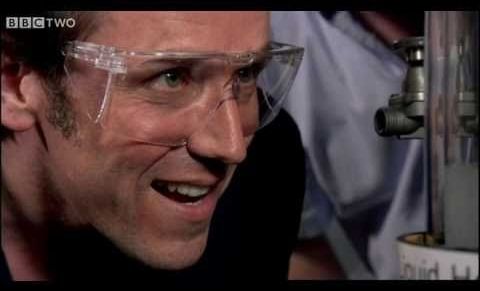
A cluster of 64 superfluid helium atoms mimic properties similar to a Black hole. Could this lead to the formation of a unified Quantum Gravity theory?
